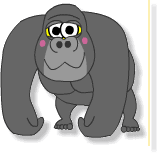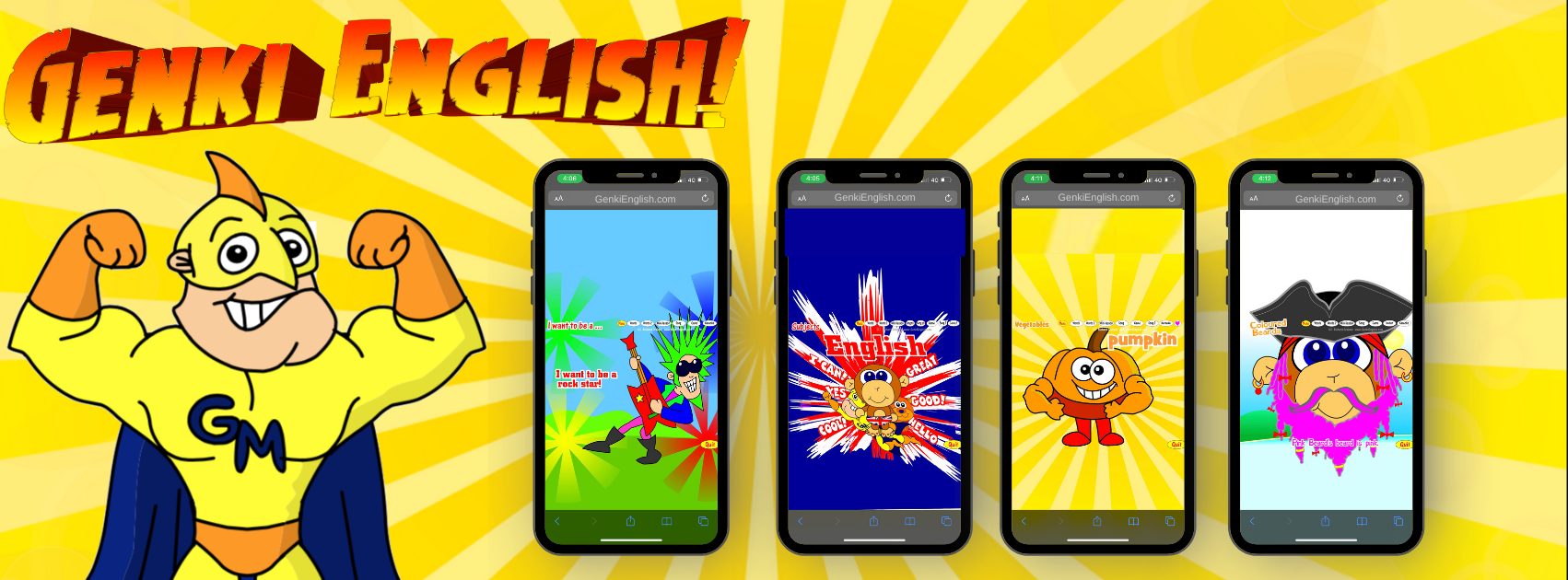 I just had lunch and a chat with Margit about tomorrow’s workshop and she asked a load of really good questions. I think there’ll be a full month’s worth of blog posts with them!
I just had lunch and a chat with Margit about tomorrow’s workshop and she asked a load of really good questions. I think there’ll be a full month’s worth of blog posts with them!
One simple question was about which “g” sound to teach when doing phonics: the “g” for “gorilla” or the “g” for “giraffe”.
I do have both on the main phonics page, but as a general rule you usually only teach the most popular one first. For this it would be the hard “g” as in gorilla. The soft one you can teach as an “exception” later.
Similarly it’s usual to teach “c” as in “cat” first then “c” as in “circle” later.
Having said that the kids usually have no problem with the two sounds and pick them up really easily using the phonics games.
And of course by the time you have started phonics the kids should be able to speak all the basis Genki English anyway, so if they read “gorilla” as “jorilla” they’ll know something is not right and correct it themselves. That’s the important skill to aim for.
P.S. A few people have been asking about when the full integrated Genki Phonics course will be coming out – UPDATE: It’s out now!! . Well… it’s taking a little longer than I thought! So maybe for the time being if you really want to do phonics this year then I would suggest sticking with the Jolly Phonics course. Hopefully the Genki Phonics course will be done before Christmas – and should hopefully be free to current members – there are demos in the members’ forum for you to try out!




Thanks Richard for the update on the Phonics course. I am sure you want to get it 110% right before you release it anyway! It would be great to have these ‘double’ sounding letters in a course. I like the posters on the phonics page for that very reason. I find them so useful when explaining that some letters have two sounds.
Yeah, the tricky thing is trying to combine the themes for the new vocab, the phonemes and the “high frequency” words in the right order. It’s a huge 3D maths puzzle! The solution will probably just come to me in a flash sometime, but it hasn’t just yet!